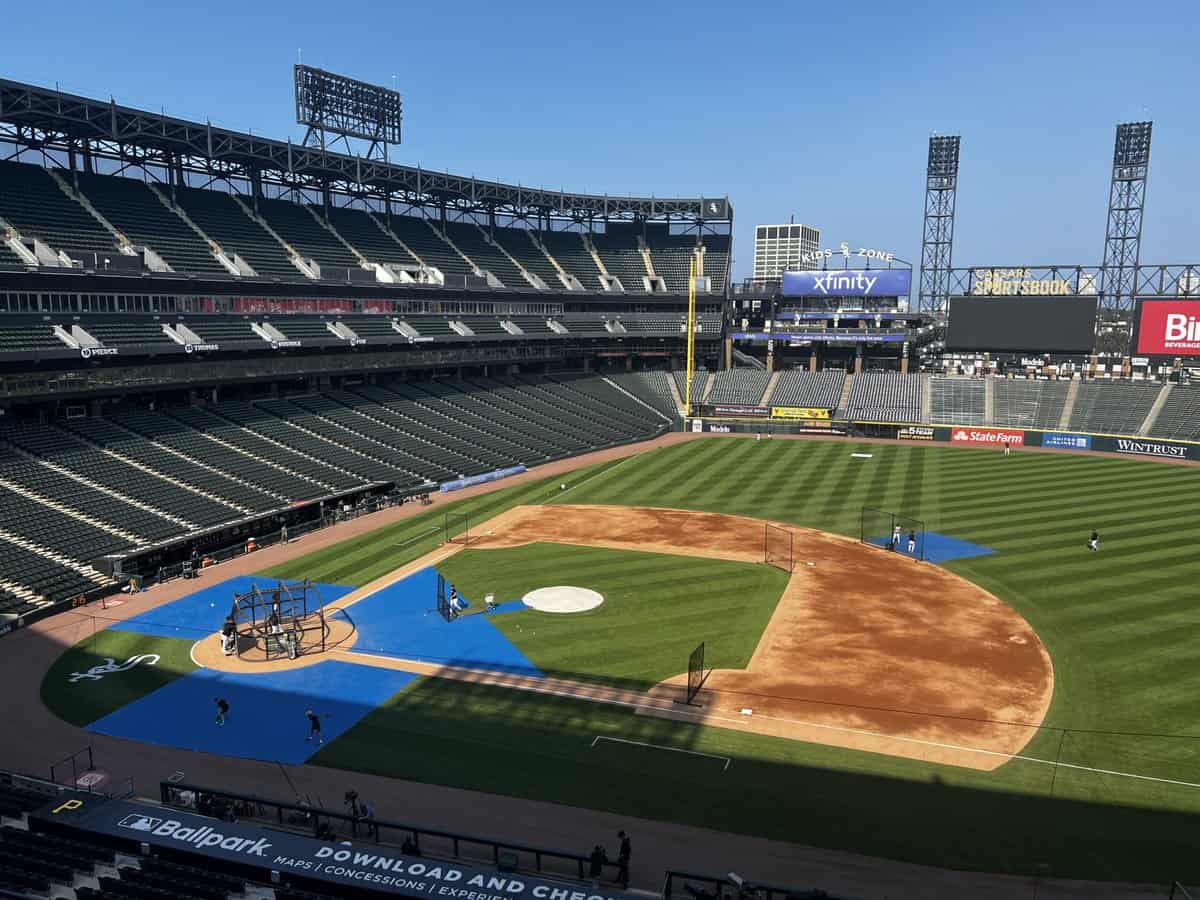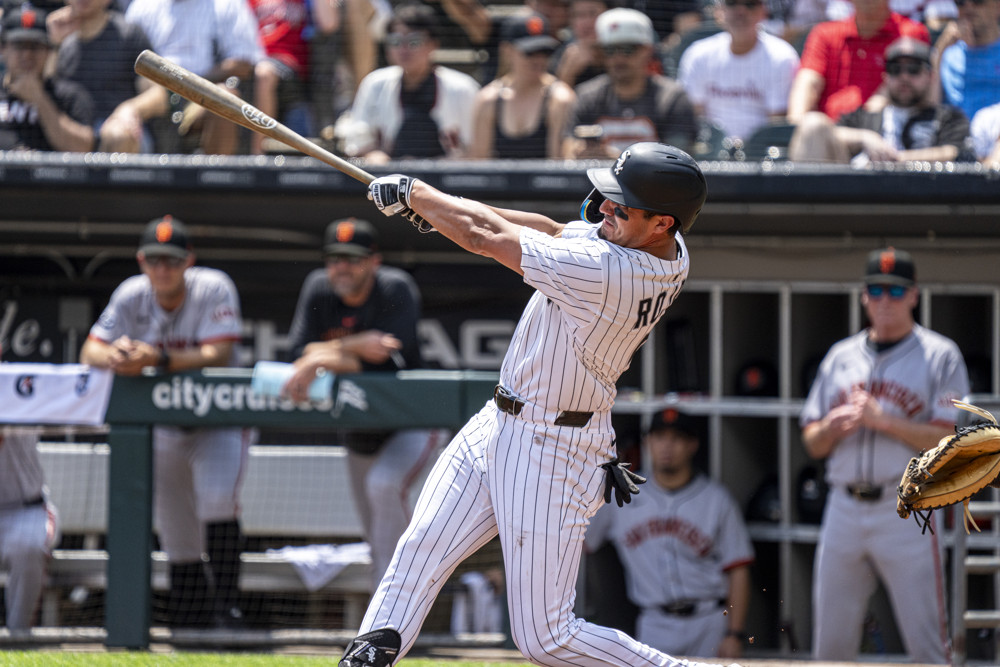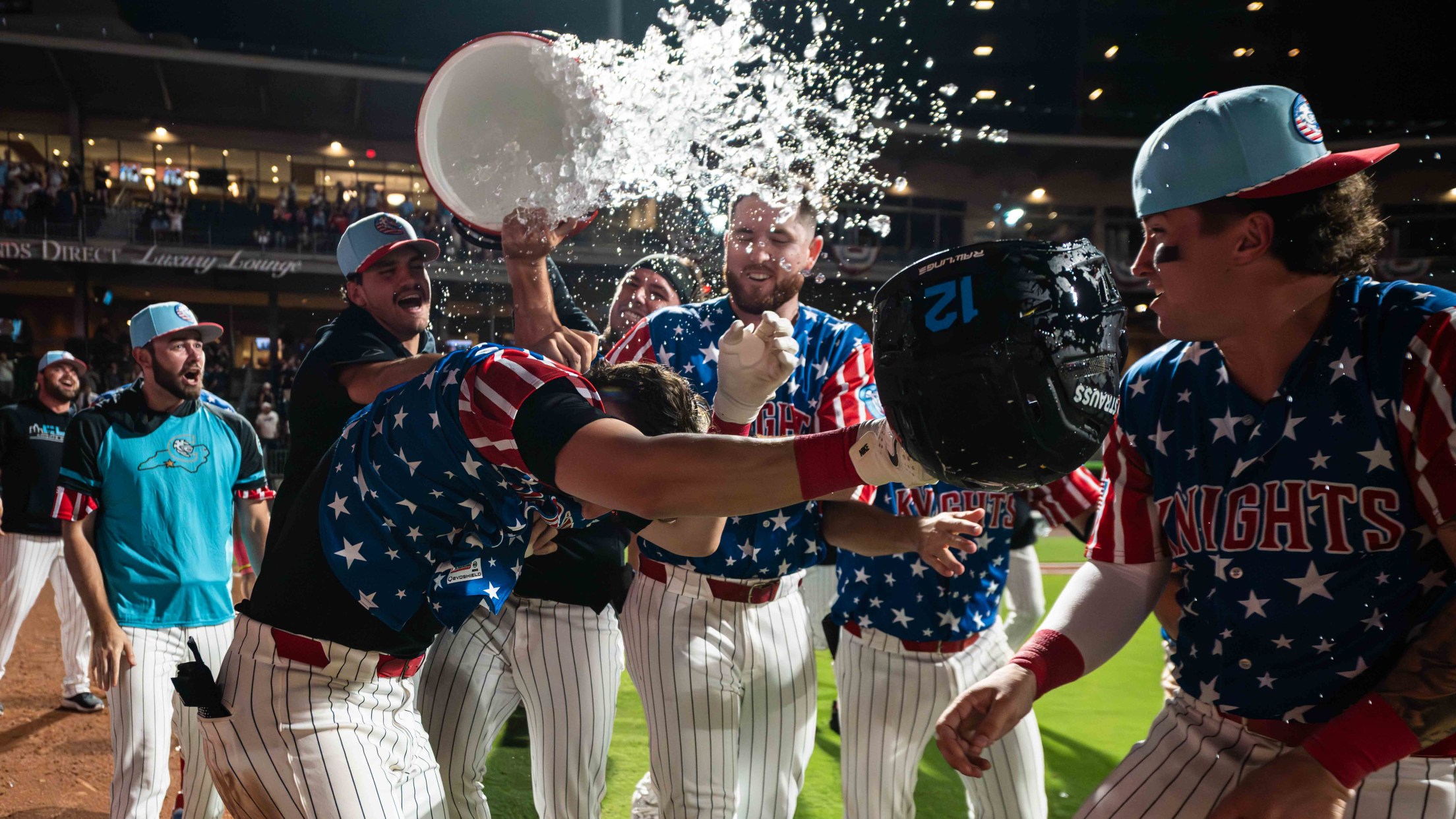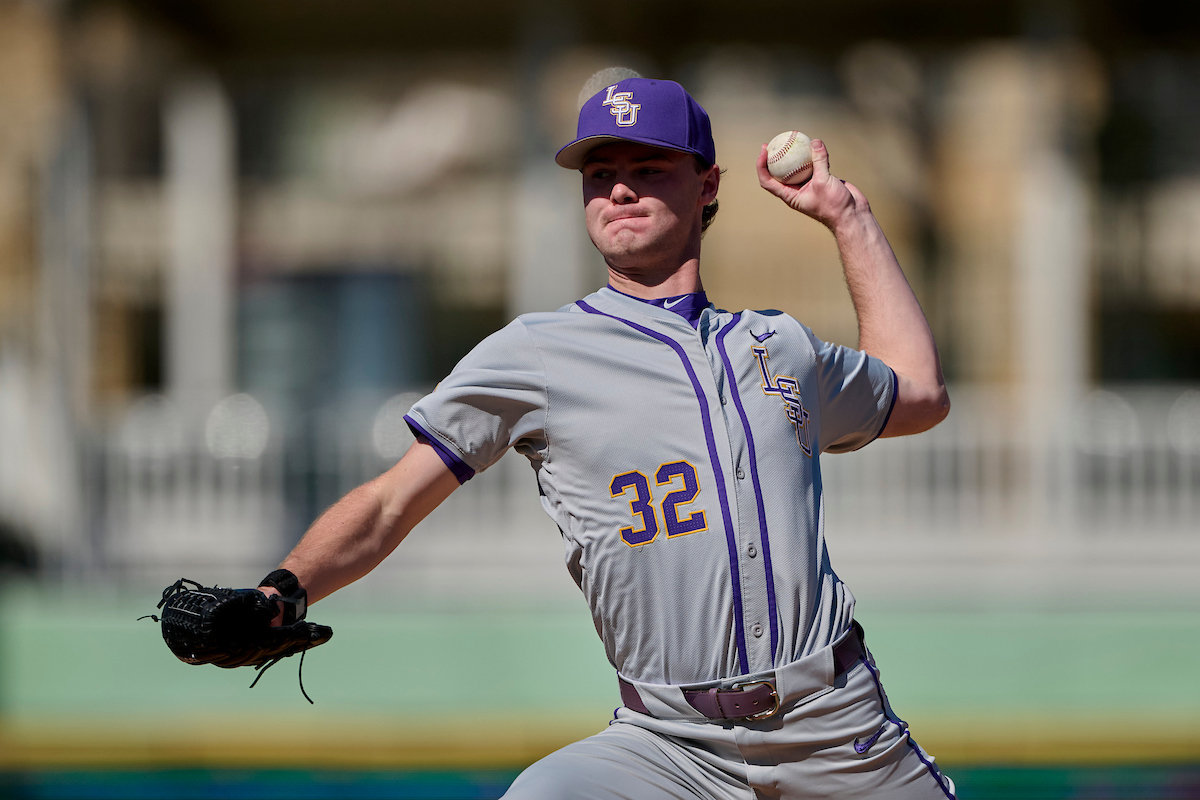Brian Bannister likes to call them "upside surprises"; players acquired at the bottom of a team's win cycle (presumably where the White Sox currently are) who outperform expectations by way of tapping into latent ability, ideally after the team identified and executed an adjustment that made it happen and made everyone involved look smart.
As Chris Getz described new director of hitting Ryan Fuller's role as one that would inform player acquisitions, it reminded that the White Sox's stated intentions to purchase bulk innings on the open market -- while cutting payroll overall -- will likely be informed by the same spirit that animated last year's efforts to patch up the rotation.
“Because for some of these guys, it’s going to take a minute for them to have an understanding on what It’s like to pitch on a regular basis at the major-league level,” Getz told reporters, including the Sun-Times' Daryl Van Schouwen.
So even if the bulk of the White Sox's long-term upside is having enough starting pitching to concentrate their meager-to-middling spending on offense, they're not that ready to dump all of the physical burden of protecting the 2025 bullpen on Jonathan Cannon, a recovering Drew Thorpe, Davis Martin in his first full year back from Tommy John surgery rehab and rookie Sean Burke.
The sort of bets they took to secure such innings last year had a similar theme.
Erick Fedde: Bet on the idea that being great in the KBO would translate to being pretty good in MLB, and that Fedde embracing the east-west orientation of his delivery with his arsenal made him a fundamentally different pitcher than his underwhelming tenure with the Nationals. Obviously it worked brilliantly, though Sox officials felt some potential trade partners were only tepid believers in Fedde's metamorphosis, and now the jury is, at best, still out on whether the White Sox successfully capitalized on it.
Michael Soroka: Bet on the former All-Star needing runway to adapt to a new style of pitching after two Achilles tears drastically changed his release point. A torrid finish out of the bullpen (39 percent strikeout rate), which Soroka felt was similar to his late-2023 work in Triple-A, at least confirmed that what the Sox were looking for was in there somewhere.
Chris Flexen: Bet on the idea that restoring his unique javelin throw of an arm slot -- after the Mariners' effort to add a sweeper to his arsenal had put it off-kilter -- could restore him to the quietly above-average starter he was in 2021. Flexen was clearly better in 2024 than he was in 2023, but it turns out that the reasons he was quietly above-average in 2021 (lots of contact, lots of fly balls) were a perilously difficult fit in a smaller ballpark manned by the worst defense in the league. Flexen reliably took the ball and ate innings, at a level that repeatedly showed the limits of "keeping your team in the game" when you play for the worst team ever.
Fedde is both the ideal result, paying back-end starter money and coaxing out front-end production, and probably the hardest to repeat. Literally another American-born starter throwing for the NC Dinos won the top KBO pitching award again this past year, but Fedde's smooth transition only built the value of those following his path, as Kyle Hart is clipping top-50 free agent lists despite what outwardly profiles as lesser stuff.
But a Flexen-like target? A pitcher coming off a poor MLB season that puts him in search of a guaranteed deal and a viable plan for improvement? That's a market where there's always a team-friendly level of supply, especially if a high-volume of replacement-level innings doesn't count as a disastrous result.
What that likely isn't are upside plays that we all saw play out on national television last month. Walker Buehler probably had too much name value for his poor regular season return from a second Tommy John surgery to completely destroy his market anyway, but everyone seeing him make valuable adjustments to thrive in the World Series of all places could be described as conspicuous marketing. Similarly, Matthew Boyd's track record of being an effective starter over the last four years seems light, but the quality of his 40 innings for the Guardians down the stretch and playoff work has him drawing projections of multi-year offers.
Someone who staggered to the finish line is a more likely fit for a soft re-launch on the South Side in 2025.
Colin Rea: Trying to coax more out of an arm than pitching coach Matt Hook and the Brewers could be folly, but Milwaukee declined a $5.5 million club option on Rea despite the sort of yeoman innings-eating the Sox would crave (167⅔ IP of 98 ERA+) on the basis of declining stuff. With Rea's sinker playing worse and generating fewer ground balls while his arm angle dropped to its lowest degree since Statcast started measuring it, there's at least some fuel as to why that's happening, which the Sox should have a higher pain tolerance than other teams for exploring.
Ross Stripling: Multiple IL stints over the last two years seem to account for the lack of a viable breaking ball and Stripling sliding out of the A's rotation, and not being healthy enough is sort of disqualifying for the role where success is measured in reps. He took the loss in the game where the White Sox snapped their 21-game losing streak, and curiously the A's didn't see fit to have him start another game all year afterward. But Bannister thinks highly enough of his past work with Stripling to regularly use him as a reference point in conversations about making high arm slot pitchers effective. Stripling wasn't particularly good in San Francisco in 2023, but if he's healthy, there's certainly an idea in-house of how he could be.
Alex Wood: While he was much better than Stripling was in San Francisco while Bannister was there, he also was a lot more banged-up all last season.
Michael Lorenzen: After picking a one-year, $4.5 million offer with the Rangers despite the White Sox having interest in him last offseason, Lorenzen pitched well enough to merit even better offers on a superficial level (130⅓ IP, 3.31 ERA). But with a return to double-digit walk rates, his peripherals were weaker and a hamstring strain kept him out of starting for the final month after a trade to the Royals. The Sox would once more offer a clear-cut rotation spot with a chance to pitch his way into a deadline trade to a contender, and they're certainly comfortable with a guy who needs to throw a majority of off-speed pitches to thrive.
Cole Irvin: A few years of being a serviceable kitchen-sink lefty suddenly fell apart right after a spring that began with Irvin throwing harder than ever, with a precipitous drop to the lowest chase rates of his career. Some industrious ballclub should figure out what happened!
Patrick Corbin: He's been basically the worst starter in baseball for the last four years, but his slider remains a good pitch and he remains an oft-cited case study by Bannister of a pitcher with the sort of supination talent where multiple breaking balls can be formed from it. The bigger issue is Corbin's fastball has been consistently whacked to the moon, but by nature of his contract, no other organization has taken a crack at that issue in the last six seasons.
José Quintana: In many ways this shouldn't fit at all. Quintana just gets outs, to the point that he was making killer starts in NLDS and contenders should eye him as a potential back-end option on track record alone. It's the stuff metrics that suggest Quintana should be scrambling for a deal, and the Sox should be looking for pitchers with the inverse relationship between latent stuff and proven results. But Quintana is a respected presence, the greatest Colombian pitcher of all-time, and his return would be cool.
Michael Soroka: His late-season work out of the bullpen had scouts in attendance in Detroit eyeing him as a upside play for a relief role in 2025. The question is whether the same enthusiasm is present for Soroka to start again, which he'd prefer, and whether the Sox could distinguish themselves by offering that route. The main reason to list Soroka is he seems like the pitcher most likely to appreciate Jim's reference to the Mr. Belvedere sketch from Sunday.
My main concern with this list, more so than how many pitchers listed here will simply never be healthy or effective starters again, is that the candidates may not be obscure enough. The Sox have signaled they will be bargain hunting, and also that establishing Bannister, Ethan Katz and their pitching operation as a place to salvage broken toys is a renewable resource they wish to keep accessing.
If there's a thesis to this article, it's to lower your expectations on how good of an idea any signing will look upon name recognition, and raise your expectations for how technical the explanations will be in spring training for how they'll seek to make it work.






